Free Images forest, gift, red, autumn, botany, flora, fungus, fly agaric, woodland, bolete
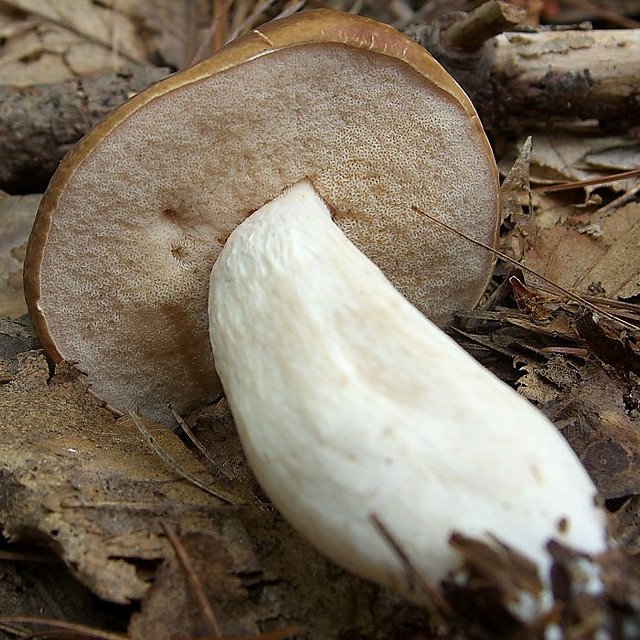
How To Identify an Edible Bolete Mushroom The Survival Gardener
Despite their striking appearance, only some varieties of red mushrooms are edible. Others can be extremely toxic. So, how can you differentiate between the two types of red mushrooms? To ensure you make the right distinction, we'll help you understand: The different types of edible and poisonous red mushrooms

Free Images nature, hiking, summer, red, autumn, flora, fungus, fungi
Jump to Video Red chanterelles also known as the cinnabar red chanterelle ( Cantharellus cinnabarinus) are a beautiful, delicious edible mushroom that's easy to identify. Red chanterelles are closely related to their more well-known cousins: golden chanterelle mushrooms, and they have the same fruity aroma that reminds me of apricots.

Free Images nature, red, fungus, mushrooms, agaric, amanita muscaria, autumn forest, edible
Identifying red mushrooms' edible and poisonous varieties requires a keen eye for detail and experience. Seek the guidance of an experienced mushroom hunter before consuming any wild mushroom, including red mushrooms. Remember, the line between edible and poisonous is thin, and the consequences of consuming a toxic mushroom can be severe..

Free Images nature, hiking, summer, red, autumn, flora, fungus, fungi
The red ox tongue mushroom is a member of the genus Lactarius, which contains around 500 different species of mushrooms. Many of these species are edible, but some are not. The red ox tongue mushroom is one of the edible varieties, but it can be tricky to identify because it resembles some poisonous mushrooms in appearance.

30 Best Red Morel Mushrooms Best Recipes Ideas and Collections
Red and white mushrooms are fruiting bodies of fungi that have a round to flattened red cap and white stem. Mushrooms belong to the Fungi kingdom and reproduce by distributing microscopic spores. Many poisonous red mushrooms have a white stem with a veil-like ring of tissue around it. Where Do Red and White Mushrooms Grow?
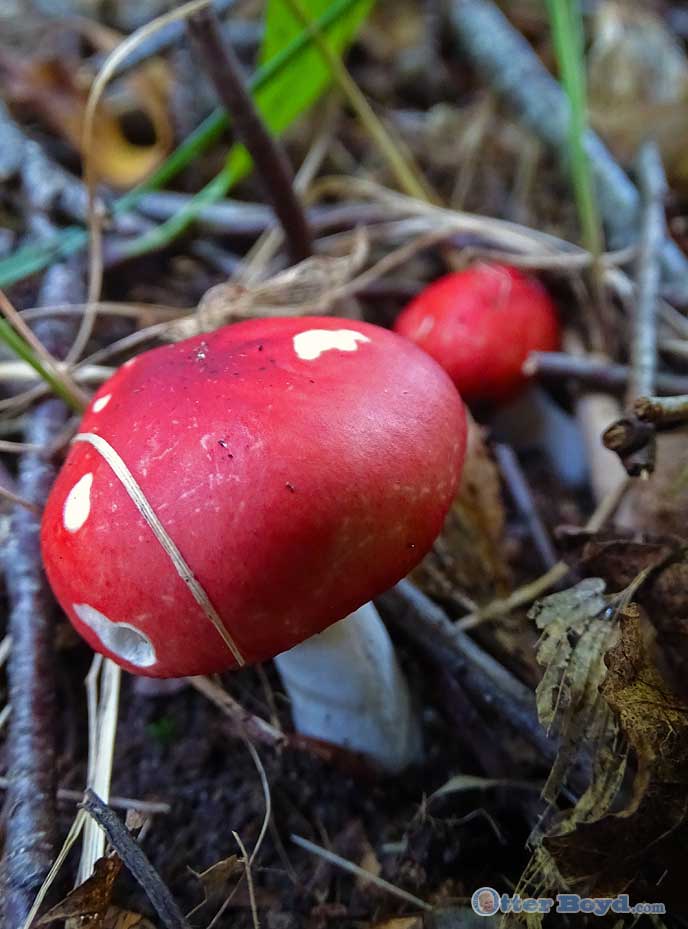
The Little Red Mushroom Russula emetica Otter Boyd
Red chanterelles are small, edible red mushrooms that grow between 0.4 and 1.5 inches (1 to 4 cm) tall. Their smooth caps with curved margins can reach up to 1.5 inches (4 cm) in width. Red mushroom identification.
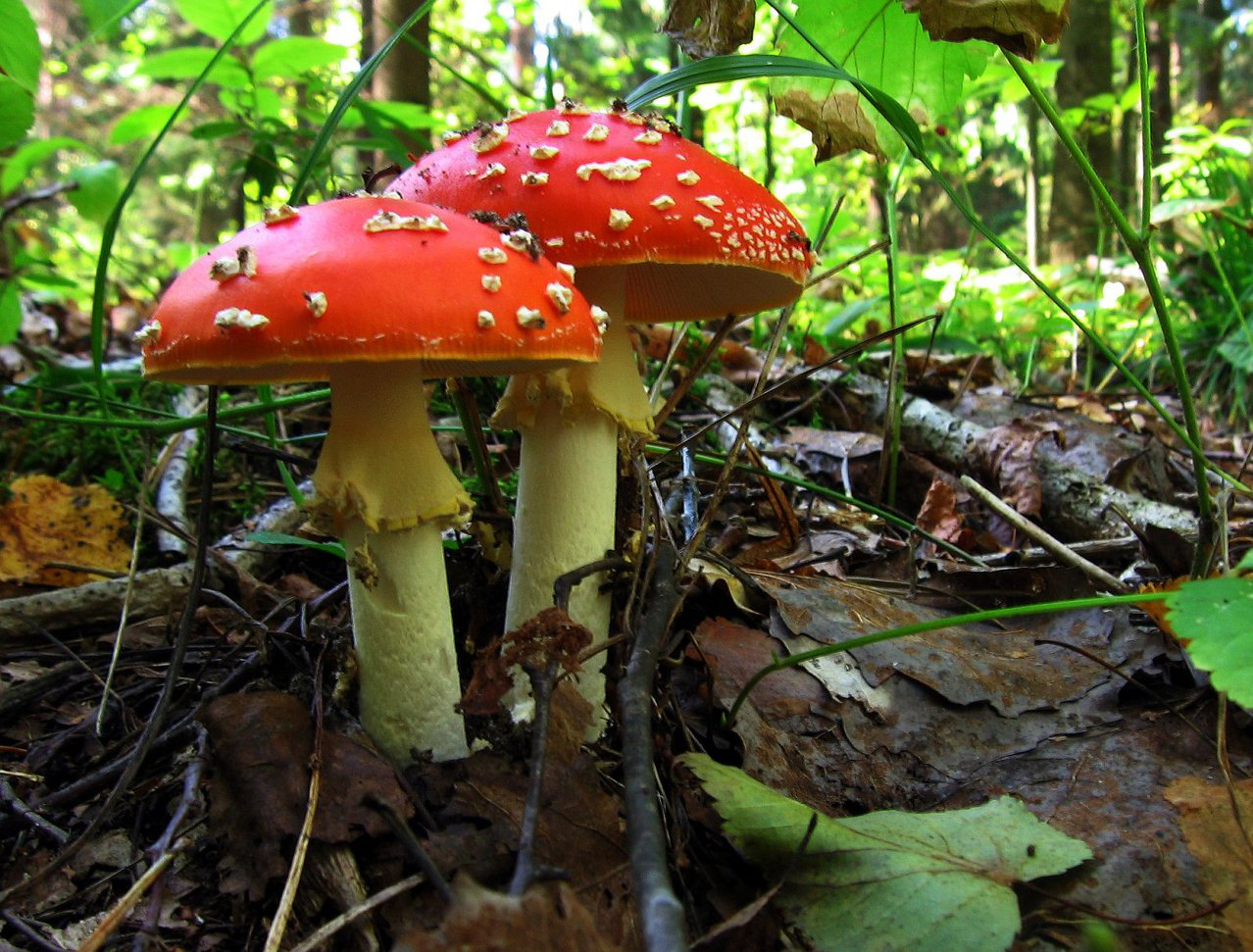
Edible Mushrooms of the Pacific Northwest PCC Library
#1: Morel Mushrooms ( Morchella esculenta) Range: Found across much of the U.S., especially under hardwood trees in orchards, burn areas, and disturbed grounds. Harvest Season: A short time in springtime - exact window varies based on location. Identifying Characteristics: Distinctive "honeycombed" cap, deeply wrinkled and yellow-grey.

13+ Edible Wild Mushrooms for Beginners
1. Fly Agaric Fly Agaric mushrooms (Amanita muscaria) are some of the most popular types of red mushrooms in popular culture. Fly Agaric They are known for their appearance in movies and video games such as The Mario series. While common in pop culture, these mushrooms are still poisonous.
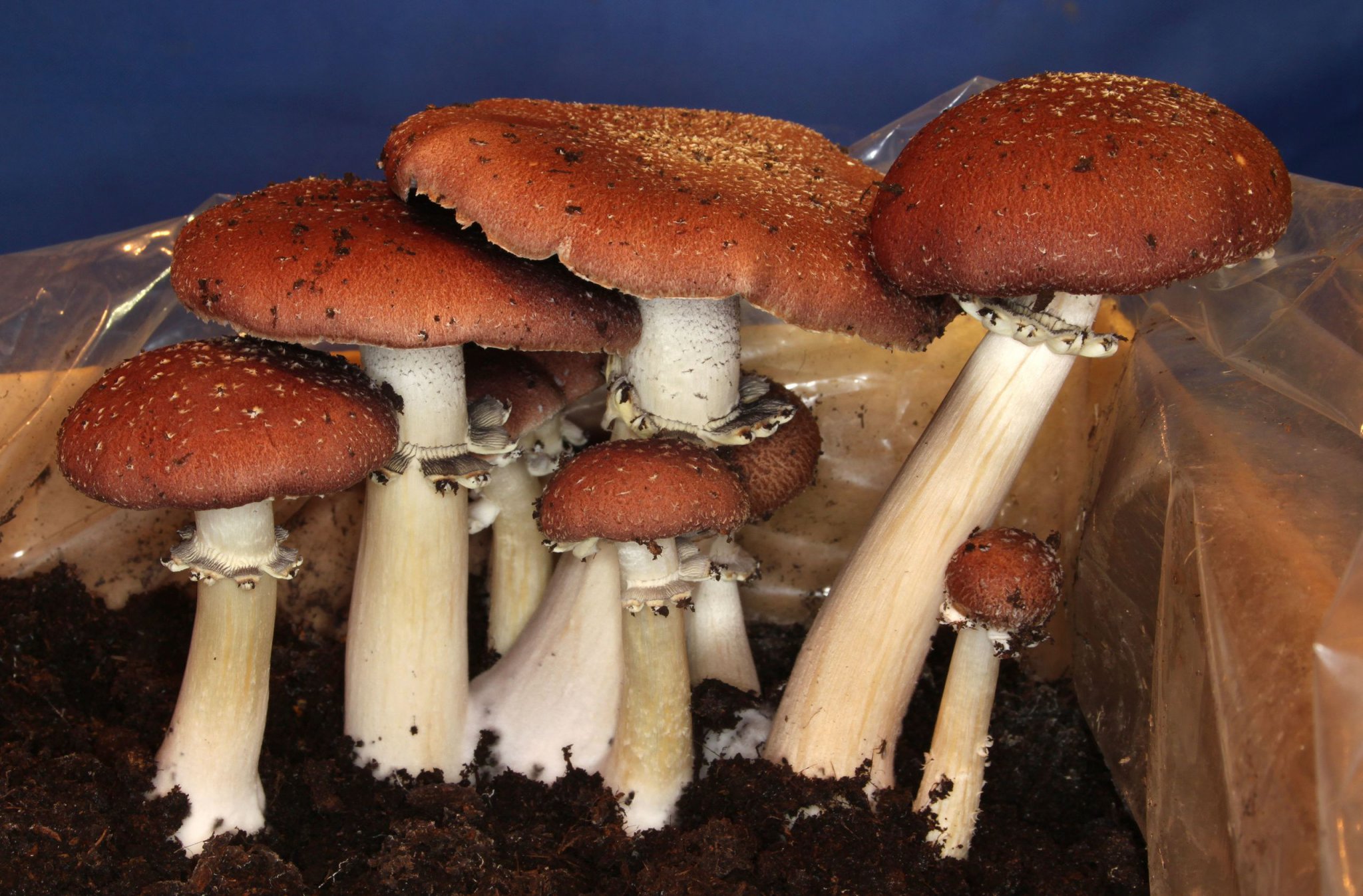
Large and Edible Wine Cap Mushrooms (Stropharia rugosoannulata) Eat The
Edible mushrooms are the fleshy fruit bodies of several species of macrofungi. the sulphur shelf is a distinct bracket fungus popular among mushroom hunters. Leccinum aurantiacum (Red-capped scaber stalk) Leccinum scabrum (Birch bolete) Leccinum versipelle (Orange Birch Bolete / Boletus testaceoscaber)

Free Images nature, grass, flower, small, autumn, botany, flora, fungus, mushrooms, fly agaric
Charcoal Burner Mushroom. Charcoal Burner (Russula cyanoxantha) / Björn S…. / CC BY-SA 2.0. The Charcoal Burner russula mushroom is one of the most common wild-harvested mushrooms in Europe. The flesh is soft with non-brittle gills, and has a mild, nutty flavor. It is a versatile mushroom in the kitchen and, despite it's softer raw.

Edible Small Red Mushrooms in the Ground Near the Stump Stock Photo Image of growth, grass
81 Red Mushroom Identification With Pictures Red Mushrooms Xerocomus marekii: The Ultimate Mushroom Guide Xerocomellus fennicus: The Ultimate Mushroom Guide Xerocomellus chrysenteron: The Ultimate Mushroom Guide Tubifera ferruginosa: The Ultimate Mushroom Guide Tricholomopsis rutilans: The Ultimate Mushroom Guide
:max_bytes(150000):strip_icc()/GettyImages-103057212-565bccd55f9b5835e4702400.jpg)
9 Edible Mushroom Varieties
Red mushrooms are a type of fungi that is often found in wooded areas. They have a distinct red coloration and are typically small in size. While they are not the most popular type of mushroom, it's important for beginner foragers to identify them. Below is a comprehensive list of red colored wild mushrooms and how to identify them.

Free Images red, fungus, mushrooms, toadstools, fly agaric, bolete, coloured, poisonous
Russula emetica, commonly known as the sickener, emetic russula, or vomiting russula, is a basidiomycete mushroom, and the type species of the genus Russula. It has a red, convex to flat cap up to 8.5 cm (3.3 in) in diameter, with a cuticle that can be peeled off almost to the centre. The gills are white to pale cream, and closely spaced.

Edible Russula Mushroom with a Red Cap in Forest. Stock Image Image of mycelium, delicious
Outline 28 Types of Red Mushrooms & Their Identification #1 Red Chanterelle (Cantharellus cinnabarinus) The red chanterelle is a bright crimson color, with a wavy, trumpet-shaped cap and a slightly wrinkled stem. It grows in coniferous forests and is highly prized by mushroom hunters for its delicate, fruity flavor. #2 Amanita muscaria
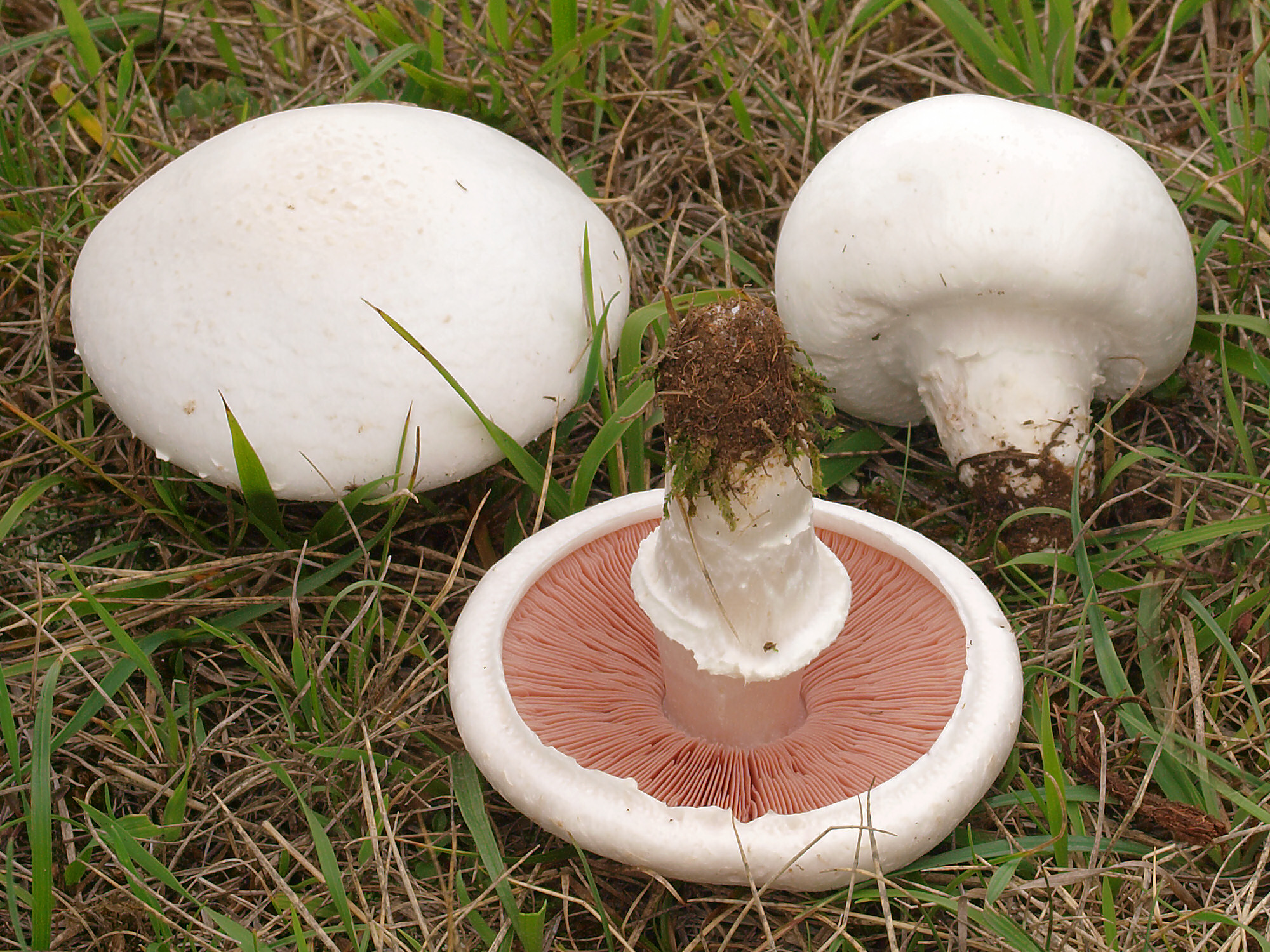
11 Edible Mushrooms in the US (And How to Tell They're Not Toxic) (2022)
Foraging The 12 Best Edible Wild Mushrooms Spencer Neuharth Aug 27, 2020 Most mushroom hunters call it quits after morels stop popping in spring, but that shouldn't be the case. Edible mushrooms can be foraged year-round (even winter), and the mild temperatures of fall inspire growth that's second only to spring.
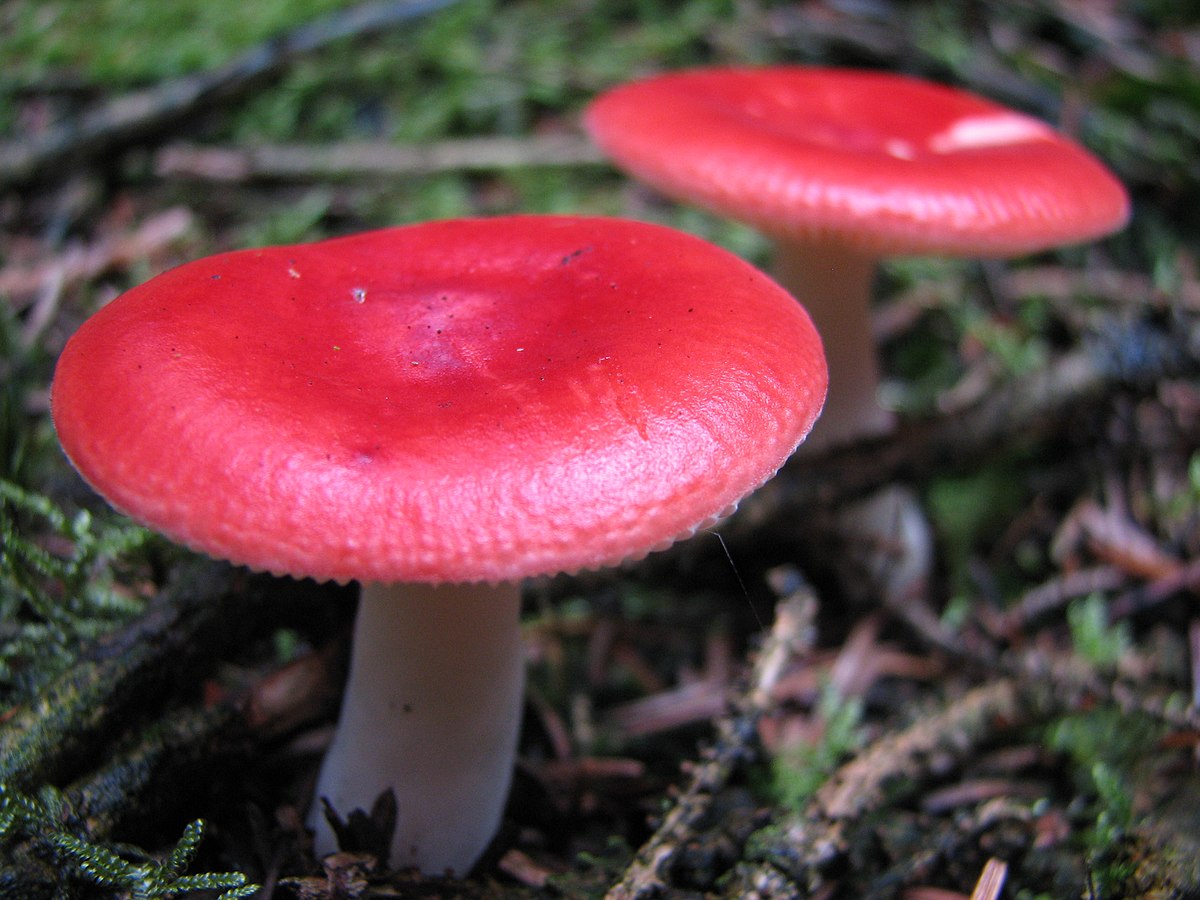
Russula Wikipedia
Common red mushrooms that grow in lawns are the basket stinkhorn ( Clathrus ruber ), the red starfish stinkhorn ( Aseroe rubra ), and the Octopus stinkhorn ( Clathrus archeri ). However, it is more common to find white mushrooms in lawns, yards, and cultivated soil.